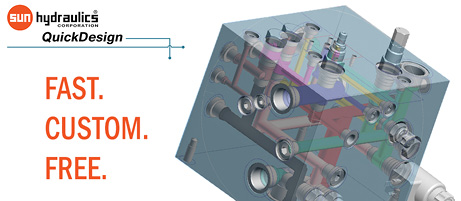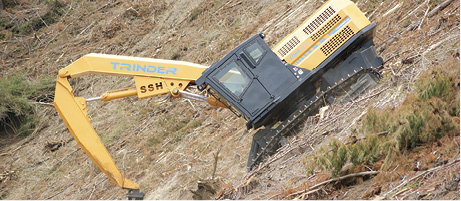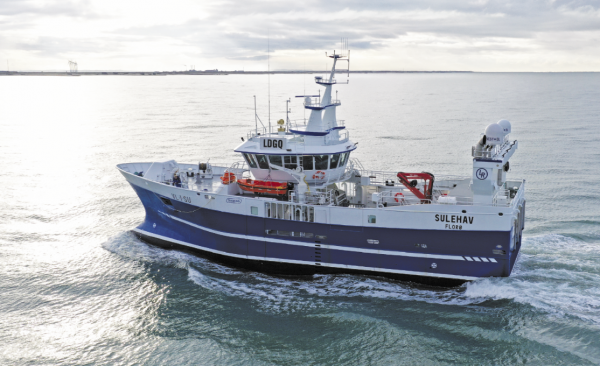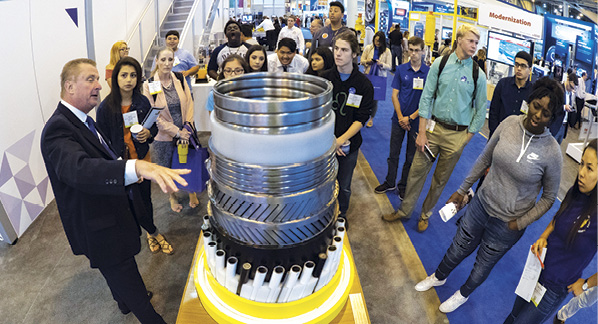Q&A: Richard Beesley, Commercial Director of Trelleborg’s Offshore Operation in Brazil

How would you describe the fluid power market in Brazil?
We are focused in the offshore area, working with umbilical, subsea equipment OEMs, drilling package suppliers, and ROV operators. We provide a wide range of products and services for thermal insulation; bend, impact, and abrasion protection; fire protection; and deepwater buoyancy to ensure performance of our customer’s equipment on the seabed, subsea, and at the surface of the vessel termination point.
Fluid power is critical to the operation of the deepwater field developments in drilling operations, subsea equipment control, as well as in ROV operations. Trelleborg products help ensure performance and integrity of the hydraulic lines on this equipment.
Brazil’s offshore environment is extremely demanding for hydraulic lines considering it’s one of the deepest water environments currently being developed. Long-term prospects for the oil and gas resources are massive, and it is expected that there will be a strong offshore market in Brazil.
What are the biggest advancements you have seen recently in terms of technology and the impact of those advancements on fluid power?
The constant push to extract more oil and gas from harsher, deeper waters has accelerated the rate of technological advancements in the industry. Trelleborg has been improving its product offering, specifically to help protect termination points against harsh, dynamic environments, and over-bending. Our bend stiffeners are used in dynamic applications where there is a constant wave or current motion, for example where a pipe meets a ship or platform. Here, they are deployed to prevent over-bending at the termination point. The future of bend technology is based around increased operating temperatures.
Fire protection is a critical part of onboard safety. Fire deluge systems, designed to protect areas where fire is likely to spread rapidly, are not commonplace on offshore facilities. The industry has seen an increase in corrosion-free fire-stop alternatives, which prevent corrosion issues. This next-generation fire-deluge system, called Elastopipe™, uses synthetic rubber instead of traditional materials such as rigid steel, titanium, copper nickel, and fiberglass piping, and has been successfully installed and used in many regions across the globe.

What are the biggest challenges for the fluid power industry in Brazil, and in your opinion, what are the best ways to meet those challenges?
Technically, deep waters require an increase in engineered solutions to meet the ever-increasing water depths. Meeting local content targets requires continued development of a local supply chain. Trelleborg has come into Brazil to support key customers in this.
How important has achieving the prestigious ISO 9001:2008 certification been for your offshore facility, and how will this affect your business moving forward?
Very important. Achieving ISO 9001:2008 is inline with Trelleborg’s commitment to continuous improvement in the industry and in response to our customers seeking suppliers with the accreditation. A challenging standard to meet, our state-of-the-art new facility took two years to gain certification. The certification also reassures our customers that we are here for the long term and allows us to complete our CRCC (Certificate of Regulation and Register) registration. It also ensures that we can continue to expand our customer base in the region.
What is a recent “success story” from your offshore facility?
Our biggest success story at the moment is building up our Brazilian business. In a market traditionally focused on importing these types of technologies from Europe or the USA, we are focused on using local manufacture with local employees. Using local content enables us to reduce timing issues for our customers. Since our manufacturing facility is located in Brazil and closer to our customers there, we are able to eliminate lengthy logistics. This also allows for more just-in-time delivery efficiencies for customers.
For more information, contact Trelleborg Offshore do Brasil Ltda., Rua dos Flutuadores 120, Cabiunas, Macae, RJ, CEP 27970-020 Brasil. Email richard.beesley@trelleborg.com or sebastian.araujo@trelleborg.com. Visit www.trelleborg.com/offshore.







